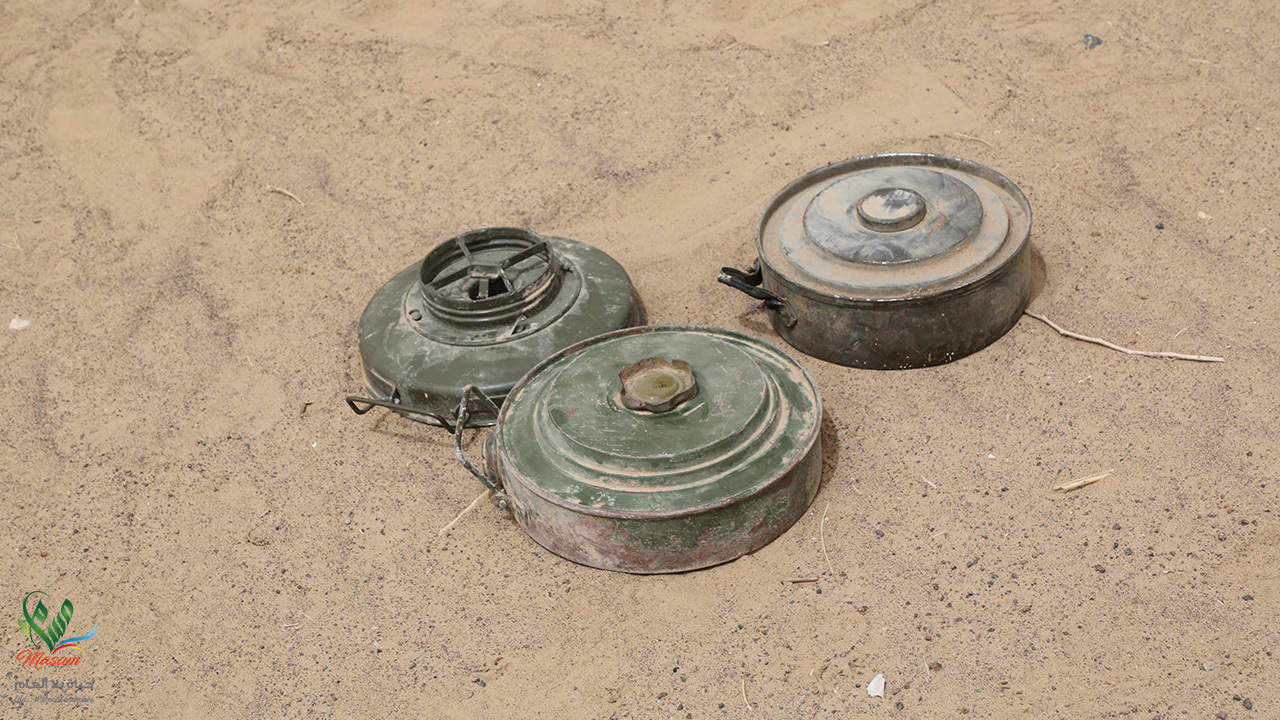News














In practice, there are two broad types of demining: military, and humanitarian. While they share a handful of similarities, fundamentally, they are quite different.
One of the reasons this is the case is because the underlying objective differs between military and humanitarian demining. In military demining, generally, the objective is to clear a safe path – referred to as a “breach” – through an otherwise mined area. This may need to be done quickly, and when it comes to demining, it can be done quickly, or it can be done thoroughly.
The latter better describes humanitarian demining. The goal in humanitarian demining is to make areas of operation safe to inhabit again. As such, a great deal of care is taken to ensure that effectively all ordnance is destroyed, disabled, and removed – the UN standard for humanitarian demining is a clearance rate of 99.6%
Due to the different objectives of military and humanitarian demining, the equipment and techniques used in each differ as well. As mentioned, the objective in military demining is generally to create a breach that allows soldiers and vehicles to cross an otherwise mined area in relative safety – and it is relative safety, as military demining does not adhere to the same clearance rates that humanitarian demining does. In the military, there can be acceptable risk, while this is never the case in humanitarian demining.
In military demining, a breach can be created using manual or mechanical demining. Manual demining in this context can be as simple as soldiers lying on the ground alongside one another and using bayonets to probe the ground ahead of them, while mechanical demining can entail using flails to detonate mines or bulldozers to move them aside.
Obviously, the results of these methods would be problematic in humanitarian demining. While manual techniques are used in humanitarian demining, it is to a greater depth and with a greater degree of thoroughness. This is due to the fact that the objective is not simply to make the ground safe to walk on, but safe to live on – people may dig in the area – to till farms, build buildings, and generally live their lives.
This leads to why mechanical demining does not, on its own, constitute actual clearance. Flails can drive mines and other forms of ordnance deeper into the ground, making them harder to detect, or they may simply damage them, rendering them even more dangerous as a result of becoming unstable. Bulldozers simply, and quite literally, move the problem temporarily aside. Finally, rough terrain can make mechanical methods unfeasible, as is the case in Yemen.
The best way to ensure an area is safe to inhabit again is by using a combination of appropriate types of demining. In humanitarian demining, and more specifically, the ongoing demining in Yemen, this entails a combination of manual demining, and the use of mine detection dogs.






